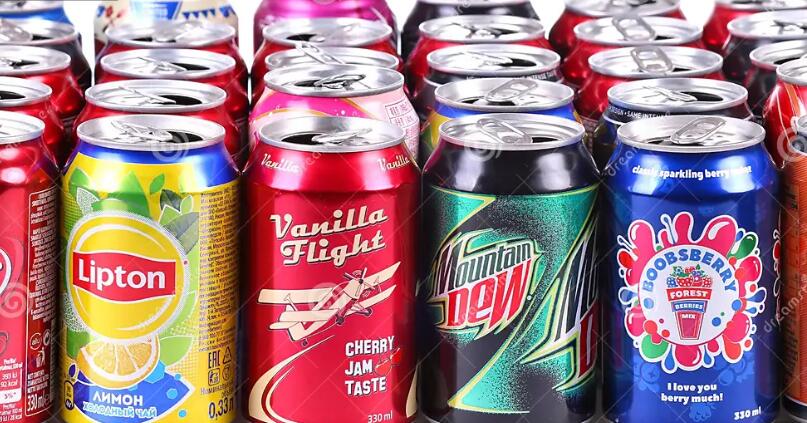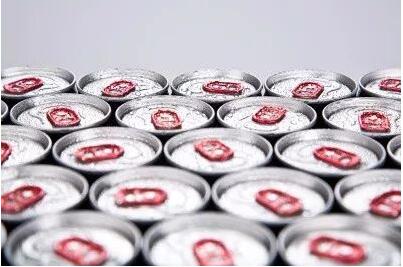What is the production process for aluminum beverage cans?
Aug 18, 2023
Aluminum beverage cans are one of the most popular and widely used packaging solutions in the world. Have you ever wondered how these cans are made? In this blog, we will take a closer look at the production process of aluminum beverage cans, from the raw materials to the final product.
Raw Materials:
The first step in the production process is sourcing the raw materials. Aluminum beverage cans are primarily made from aluminum sheets, which are produced from bauxite ore. Bauxite is mined in various regions around the world and refined into alumina, a white powder that serves as the primary raw material for aluminum production.
Sheet Rolling:
Once the alumina is obtained, it undergoes a smelting process, where it is transformed into molten aluminum. The molten aluminum is then poured into a continuous casting machine, which produces large aluminum sheets of different thicknesses. These sheets are then rolled to achieve the desired thickness for can production.
Can Body Forming:
The rolled aluminum sheets are now ready for can body forming. The sheets pass through a series of machines, where they are cut into specific sizes and shaped into cylindrical bodies. The ends of these bodies are then flanged to create a secure fit with the can lid and bottom.
Coating:
To ensure the can's durability and resistance to corrosion, the interior and exterior surfaces of the can body are coated. The interior coating, known as the "liner," is typically made of a polymer-based material that prevents the beverage from coming into direct contact with the aluminum. The exterior coating acts as a protective layer and is often applied using a lacquer or a polymer-based material.
Lid and Bottom Production:
While the can bodies are being formed and coated, the lids and bottoms of the cans are also manufactured. These components are usually made from a separate roll of aluminum sheet. Through a process called deep drawing, the lids and bottoms are formed into their respective shapes and sizes. They are then coated and stamped with any necessary branding or information.
Assembly and Filling:
In the final stage of production, the can bodies, lids, and bottoms are brought together in an assembly line. The lids and bottoms are sealed onto the can bodies using a combination of pressure and heat, creating a hermetic seal. The cans are then thoroughly cleaned and prepared for their filling and packaging processes.
The production process of aluminum beverage cans involves several precise steps, from sourcing the raw materials to assembling the final product. This careful process ensures the production of high-quality cans that are lightweight, durable, and ideal for preserving the flavor and freshness of beverages. Next time you open a can of your favorite drink, you can appreciate the intricate process that goes into its creation.

